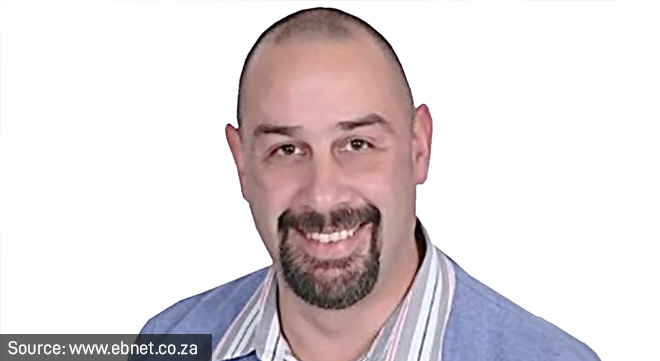South Africans are notoriously bad savers. A recent study showed that less than 30% of people save towards an emergency fund for when something unexpected – and costly – occurs. For young people specifically, who are still building up their financial means, not having a fall-back for when things go wrong could be seriously expensive.
This is according to Marius Kemp (pictured), the head of personal lines underwriting at Santam, who says that National Youth Month presents a good opportunity to remind people about the value of insurance and the freedom it provides for peace of mind.
“Insurance is traditionally seen as a grudge purchase, particularly among 18-to-25-year-olds who are starting their exciting career and financial journeys. Coupled with this, most South Africans do not have a ‘rainy day fund’ for emergencies.”
Kemp notes that most young people, still in the early stages of building savings, typically do not have R20 000 to R100 000 (or more) set aside to cover the cost of damage after a vehicle accident, third-party vehicle repairs, or the replacement of stolen or damaged assets such as laptops and high-end mobile phones.
“Arguably, young people need insurance even more than more established adults with a nest egg.”
Kemp explains that young people need insurance to protect their assets, have protection from legal liability, and build an insurance profile as they are in the beginning journey of their lives.
“This is especially important because, in general, younger individuals are perceived as a slightly higher risk – depending on which phase of their lives they are in. Starting to build a good insurance profile early on will be beneficial – much like a good credit history. It may also help to bring down premiums in the longer term, which are typically higher among 18-to-25-year-olds due to the higher risk profile.”
Regarding the factors that are considered when determining an individual’s risk profile, Kemp says that previous claims history is very important. He adds that specific client profile data such as age, location and security measures of the risk, size of insured assets in terms of value, and the type of insured items especially related to vehicles are all considered by insurers.
According to claims trends from Santam, young people primarily tend to claim for house contents, personal effects such as portable technological equipment (including cellphones and laptops), and vehicles.
“The frequency and severity of vehicle claims for young people (18 to 25) are much higher than older clients. We would suggest that young drivers take out products that help to promote good driver behaviour where they can monitor and strive to improve their day-to-day driving.”
To improve their risk profile and possibly bring down their monthly premiums, Kemp suggests that young people:
- opt for a voluntary excess to bring down premiums;
- beef-up home and general security to be better than the minimum required;
- install a telematics device, which can also help to reduce the vehicle premiums; and
- keep claims to minimum by self-insuring low-value claims, which would result in a lower premium increase at renewal.
When comparing insurance policies from different insurers, Kemp urges young South Africans to ensure they are comparing apples with apples.
“Looking carefully at excess structure, type of cover provided, value-added services, claim overturn ratio, and reputable claim paying record, especially in terms of widespread catastrophes, is critical when deciding on an insurer.”
He concludes that brokers have sound knowledge of the insurance environment – and the specific needs of young people.
“A good insurance broker will give good advice on insurance matters to help you secure a product that fits into your life and budget and – most importantly – gives you the freedom to seize life’s opportunities.”
Disclaimer: The views expressed in this article are those of the writer and are not necessarily shared by Moonstone Information Refinery or its sister companies. The information in this article does not constitute financial planning advice that is appropriate for every individual’s needs and circumstances.



